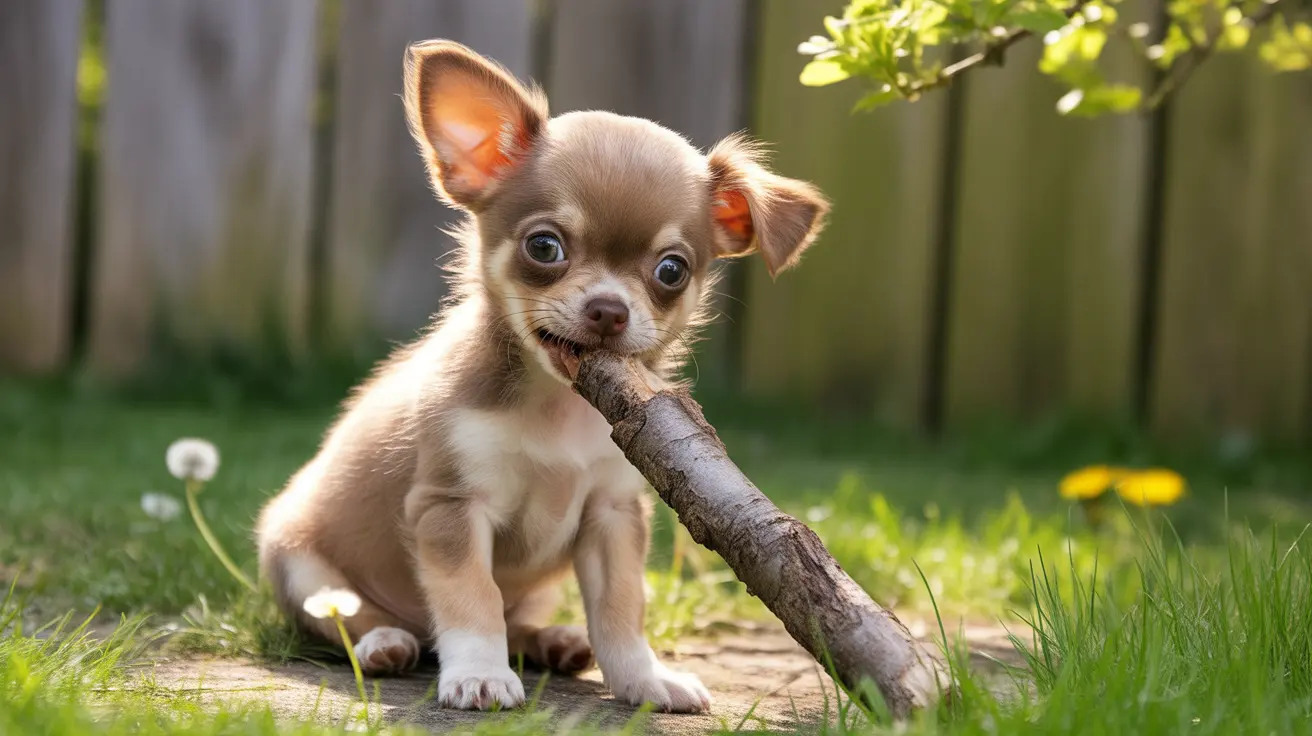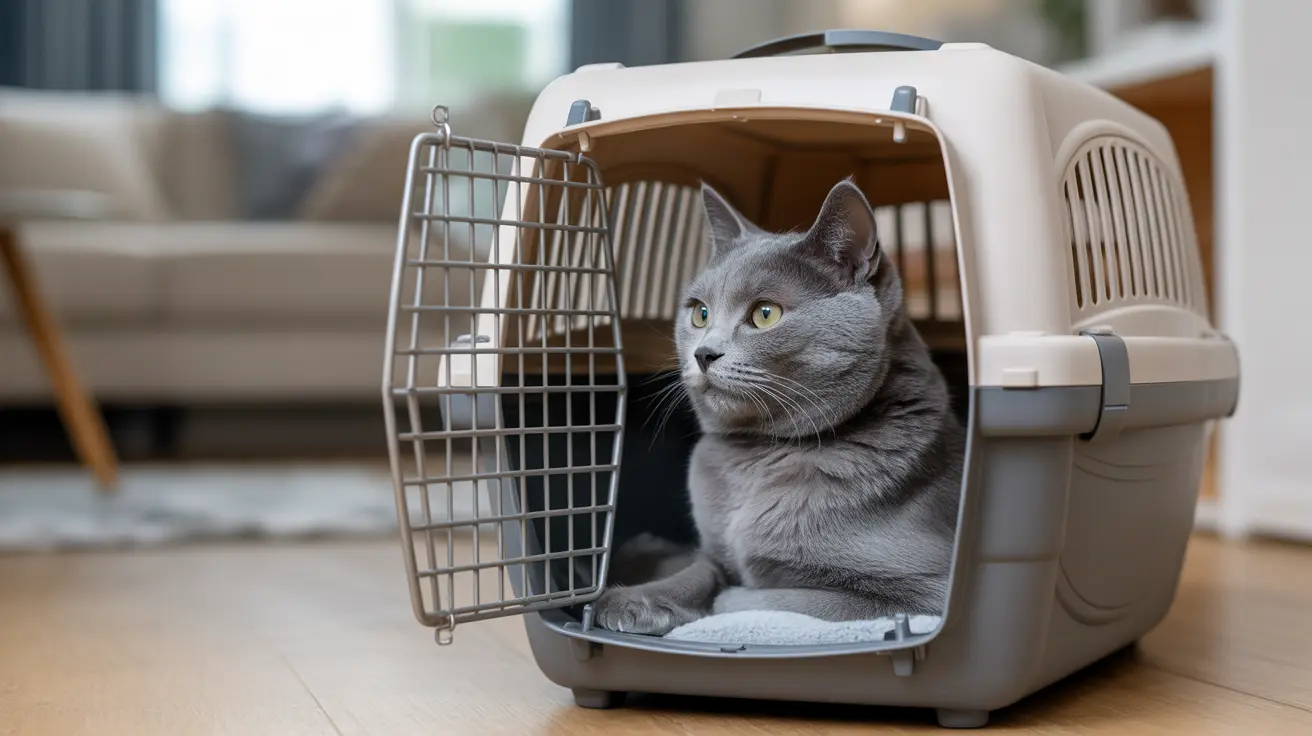If you're a dog owner, you've likely witnessed your furry friend's fascination with sticks. Whether during walks in the park or playtime in the backyard, dogs seem naturally drawn to picking up, chewing, and sometimes eating these wooden treasures. But why do dogs eat sticks, and should this behavior concern you?
This comprehensive guide explores the various reasons behind this common canine behavior, from natural instincts to potential health concerns, and provides practical solutions to help manage your dog's stick-eating habits safely.
Natural Instincts and Behavioral Reasons
Dogs are naturally drawn to sticks for several instinctual reasons. Their wild ancestors would chew on wooden objects to maintain dental health and explore their environment. Modern dogs retain these instincts, making sticks particularly appealing objects for investigation and play.
- Exploration and sensory stimulation
- Natural teething behavior in puppies
- Play and entertainment
- Attention-seeking behavior
- Stress or anxiety relief
Health and Nutritional Factors
Sometimes, stick-eating behavior can indicate underlying health issues that require attention. Veterinarians often identify several medical reasons behind this habit:
Dietary Deficiencies
Dogs may chew and eat sticks when their diet lacks essential nutrients. This behavior, known as pica, can signal:
- Iron deficiency
- Mineral imbalances
- Insufficient fiber intake
- General nutritional gaps
Digestive Issues
Some dogs turn to stick-eating when experiencing:
- Gastrointestinal discomfort
- Dietary inadequacies
- Hunger or irregular feeding schedules
Potential Dangers and Health Risks
While stick-chewing might seem harmless, it can lead to serious health complications:
Physical Injuries
- Choking hazards
- Mouth and gum injuries
- Damaged or broken teeth
- Intestinal blockages
- Internal punctures or tears
Toxic Exposure
Some trees produce toxic wood that can be dangerous if ingested. Common hazardous varieties include:
- Black cherry
- Yew
- Black walnut
- Oak
Prevention and Safe Alternatives
Managing your dog's stick-eating behavior requires a multi-faceted approach:
Environmental Management
- Clear your yard of sticks regularly
- Choose stick-free walking routes
- Supervise outdoor activities
- Remove access to fallen branches
Safe Alternatives
Provide appropriate substitutes such as:
- Durable rubber chew toys
- Dental chews
- Interactive puzzle toys
- Kong toys filled with treats
When to Seek Veterinary Care
Contact your veterinarian immediately if you notice:
- Excessive drooling
- Difficulty eating or drinking
- Vomiting or diarrhea
- Lethargy or unusual behavior
- Signs of choking or distress
Frequently Asked Questions
Why do dogs chew and eat sticks, and is this behavior normal?
Dogs chew sticks due to natural instincts, curiosity, and playfulness. While occasional stick chewing is normal, regularly eating sticks isn't typical and may indicate underlying issues requiring attention.
What are the dangers and health risks of dogs eating sticks?
The main risks include choking, intestinal blockages, mouth injuries, splintered wood causing internal damage, and potential toxicity from certain types of wood.
When should I be concerned if my dog regularly eats sticks, and could it indicate a health problem?
Be concerned if your dog compulsively eats sticks or shows signs of pica. This behavior might indicate nutritional deficiencies, anxiety, or other health issues requiring veterinary evaluation.
How can I stop my dog from eating sticks and what safer alternatives are recommended?
Redirect the behavior with appropriate chew toys, ensure adequate exercise and mental stimulation, and consider training techniques. Provide safe alternatives like rubber toys or dental chews.
Why does my puppy chew sticks, and is it related to teething or boredom?
Puppies often chew sticks during teething to relieve gum discomfort. However, this behavior can also stem from boredom, curiosity, or excess energy. Providing appropriate teething toys and adequate exercise can help manage this behavior.
Conclusion
While stick-chewing is a common canine behavior, understanding its root causes and potential risks is crucial for responsible pet ownership. By providing appropriate alternatives and maintaining vigilant supervision, you can help protect your dog while still allowing them to engage in natural behaviors safely.






